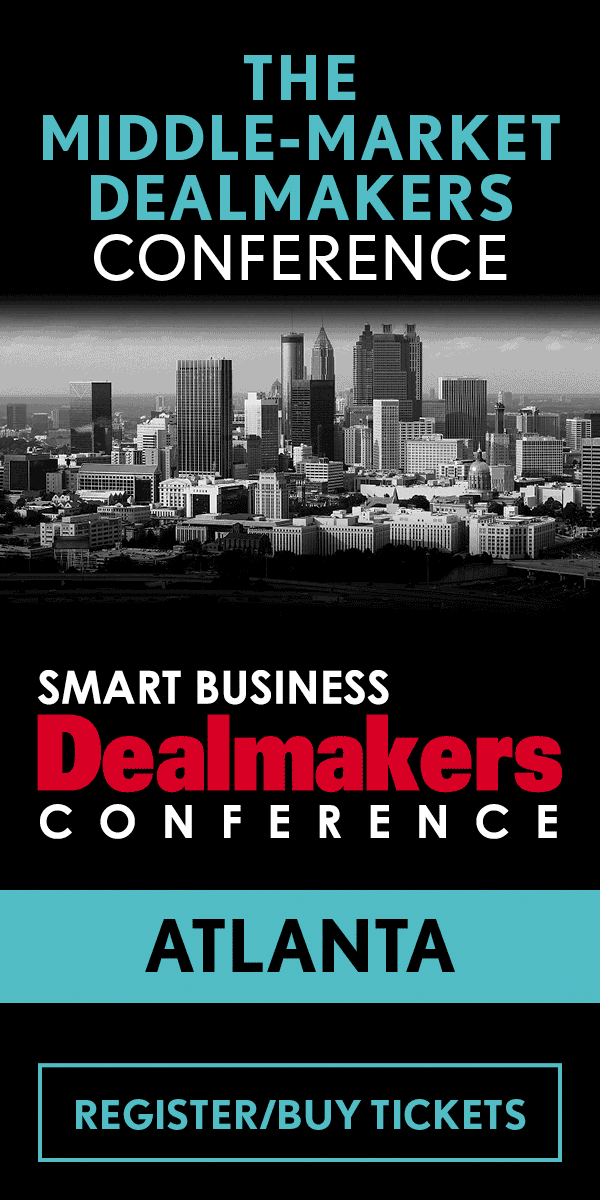As an operating partner, PlanScout’s John Murray says the day after an investment, when the company has been acquired, he starts thinking about what does it need to look like at exit.
“You buy a company that's doing $20 million, you say we want to exit at $60 (million) to $80 million. And we model out — the company has this many people, this many customers — and then you start evaluating: Do I have the systems? Do I have the leadership? Do I have enough addressable market? Do I need to do acquisitions?” Murray said at the New York Smart Business Dealmakers Conference. “And the reality is you've got a short timeframe — you got five years. And the last 18 months, you don't want to make any major changes. So, you got a year to staff up and get your vision correct. And you got two years to execute. And then you want to execute against your execution. You got all your systems, got all your people, and you're just leveraging in and trying to drive margin.”
He says at that level, there is a playbook that has to be tailored to each situation. But the way that companies trade these days is pretty patterned — it's a certain revenue multiple, EBITDA, growth rate. So, it’s a matter of whether the belief is that the people there can take it to the next level. Therefore, when hiring someone in year one, you're actually hiring someone who can be there for seven years or eight years so that the next buyer gets an experienced, mature, reliable, confidence-inspiring management team.
However, it's different for a founder. A founder is typically trying to run as lean as they can and get to the proof points. One of the challenges with founders is, companies are frequently good at what the founder is good at — if the founder is a salesperson, sales is going to be excellent but tech is going to be terrible. And so trying to create enough balance to get the company to an exit point is a different exercise.
When it comes to the decision of weather to retain a founder or find a replacement, he says founders who are excellent representatives of the brand, can be customer facing and good culture carriers tend to work well in the new business. However, if the investment is the first professional money, that can lead to a pretty big change in strategy, one that the original founder might not be able to handle.
“If that individual owner has 100 percent of their net worth in the company, there are risks they won't take that make sense to take,” Murray says. “You have institutional money and you're going to take those chances, but they'll be very uncomfortable. And there may be people that, I love this person, but that person cannot be part of a company that's three times as big in a year and a half from now. And there isn't always a landing place. So, there's a lot of things that make it hard to keep that person in an operational role unless they're really of the mindset — kind of beginner's mind — that even though they've done it for a long time, they can see how it could be better.”
There’s also their motivation to consider.
“Did they start the business to make money? Or did they start the business because they love the problem and the opportunity?” he says. “The ones that love the problem and the opportunity, they frequently still love the problem and the opportunity. And the ones that wanted to make money, they're happy to go off and do something different.”




